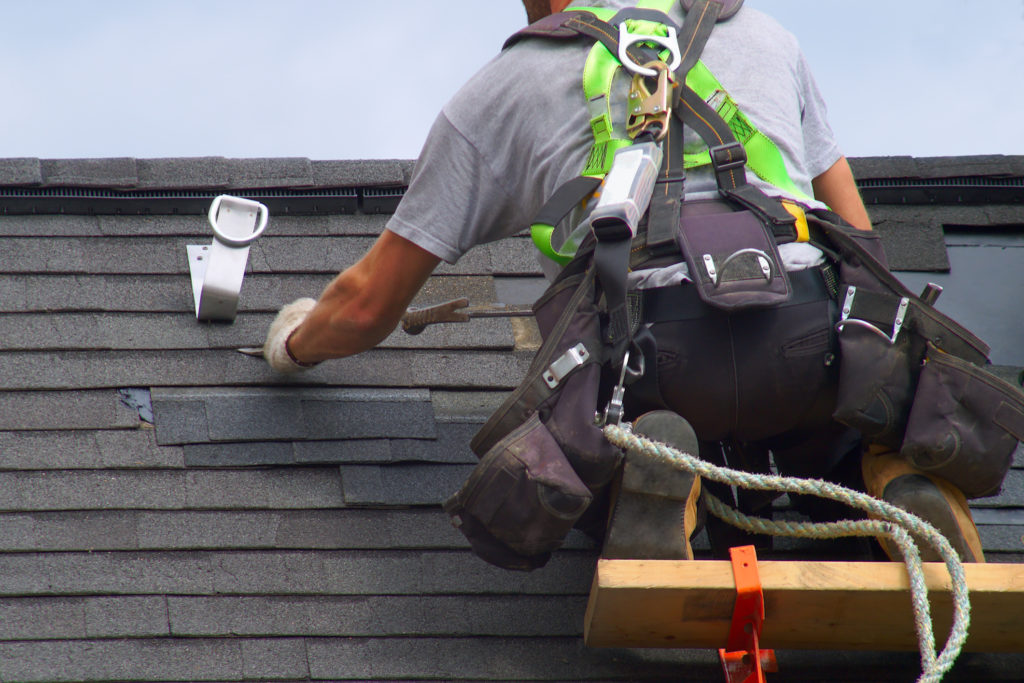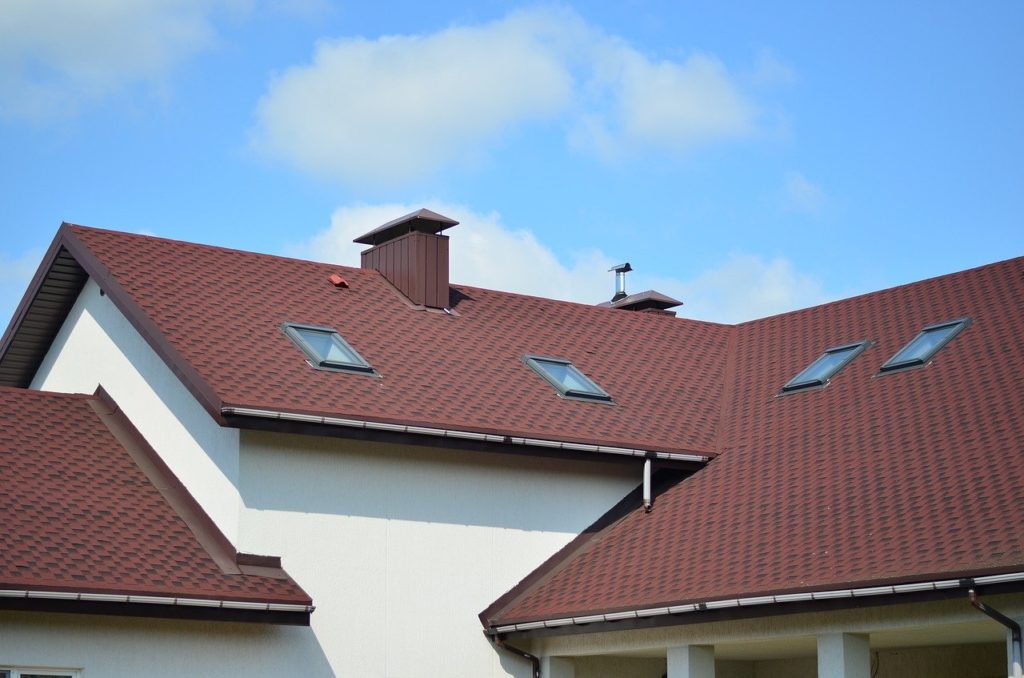Although many people prefer the reliability and insulation provided by sloped roofs, many homes and businesses feature flat roofs, which come with their own advantages. A flat roof is incredibly versatile and may allow for the possibility of increasing usable outdoor space. A roof deck can increase property value. If you’re considering adding a roof deck to your home or business, there are a few things to bear in mind to protect your investment.
Preparation for Adding a Deck
Before installing a roof deck, you must confirm the stability of the roof. As a deck, the roof will have to bear more weight, which you need to consider before construction begins. The roof must be able to support 55 pounds per square foot at a minimum. An expert roofer can help you determine if your flat roof can support whatever materials you decide to use and you can save yourself a lot of hassle and money later.
Material Options
There are a few options for materials that can be used to construct your roof deck. These are the highlights of each option:
- Waterproof vinyl decking: PVC (polymerizing vinyl chloride) decking will accomplish both your waterproofing and decking needs with one product. One product means less time and money spent on installation.
- Built-up roof: The traditional hot-tar-and-gravel roof build-up requires multiple steps. The alternating of a waterproof material with hot tar, which is then ballasted by a layer of river stone. This is one of the lower-cost options, but also very heavy..
- Modified bitumen: the modified bitumen option is a single-ply rolled roof available in traditional torch-down systems and newer peel-and-stick systems. The peel-and-stick method is available as a do-it-yourself option. The torch-down method is a fire hazard and not recommended for occupied homes. A modified bitumen roof requires an extra build-up and product application to create useable deck space.
- Rubber membrane (EPDM): this rubber material resembles an inner tube and is mechanically anchored with fasteners, ballasted with stone, or glued. It is relatively lightweight and durable, however, the standard black material absorbs heat.
Using the wrong materials or having a weak roof could result in wear and tear, serious damage, or a safety risk. Our roofing experts can recommend the best material choice for your specific roof’s needs. All roofs should be inspected regularly by a roofing professional, but in this case, you should also include the contractor who will plan and build the deck. Before construction begins, the roof below should be cleaned and inspected however often the roofing professional recommends for that specific roof type. A deck located under trees will need much more maintenance to clean out debris than a rooftop deck above a high-rise.
Installation of a Roof Deck
Since most roof decks are “floating” structures that sit on top of flat roofs, it’s crucial to weatherproof the roof below the deck to prevent water from leaking into the building below. Flat roofs are prone to leaking even without decks because of design errors, improper materials, and improper installation. Many times when roof decks are installed, they further damage roofs causing more severe leaking and drainage problems. A rubber watertight membrane adds extra protection. The membrane will act as an extra barrier between the floating deck materials and the roof materials below.
After the waterproof membrane is secure, 2’ x 6’ sections of wood called “sleepers” are added for support. They are placed every 16” and provide a structure for the deck materials to lay on. This also allows the deck to be removed easily, in case the waterproof membrane is damaged and needs to be accessed for maintenance and repairs.
You will have many options for materials and design when building your roof deck. Choosing sustainably sourced wood and decking is a great option for the environment, and most eco-friendly building materials hold up incredibly well against wear and moisture. You’ll want to ensure the materials and design you select are a good fit for the climate in your area. For example, some materials are more susceptible to water damage and warping, so you’ll want to steer clear of those if you live in a rainy state like Florida.
No matter the decking materials used, maintenance for cleaning and repairs of the membrane below is recommended. The design should include deck panels that can be temporarily removed with minimal effort or damage in order to reach the membrane. If you cannot reach the membrane, you risk allowing it to deteriorate. Over time, this could become an expensive problem.
Permitting
Before starting any big construction project, you should make sure you apply for all the permits required by your local city or state. If your plans meet certain building codes as well as zoning bylaws and structural requirements, it should pass. This means you will be issued a permit. There is a fee for a permit, but without one, you could face some serious consequences. If you completed the project yourself, but missed a step and didn’t install something correctly, it could pose a hazard to yourself and others. If the city finds out you did a structural addition without a permit, you could be fined or even required to remove your newly built deck. To protect yourself, check your area’s permitting requirements before making plans for your roof deck.





